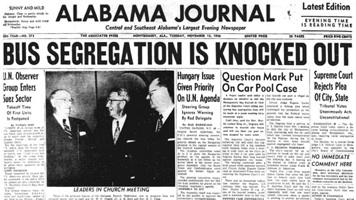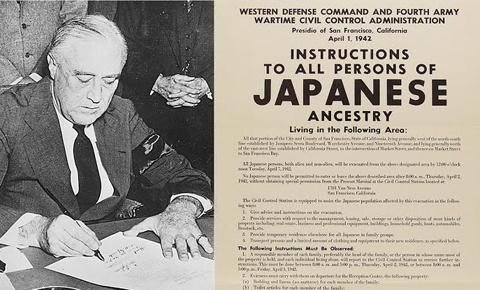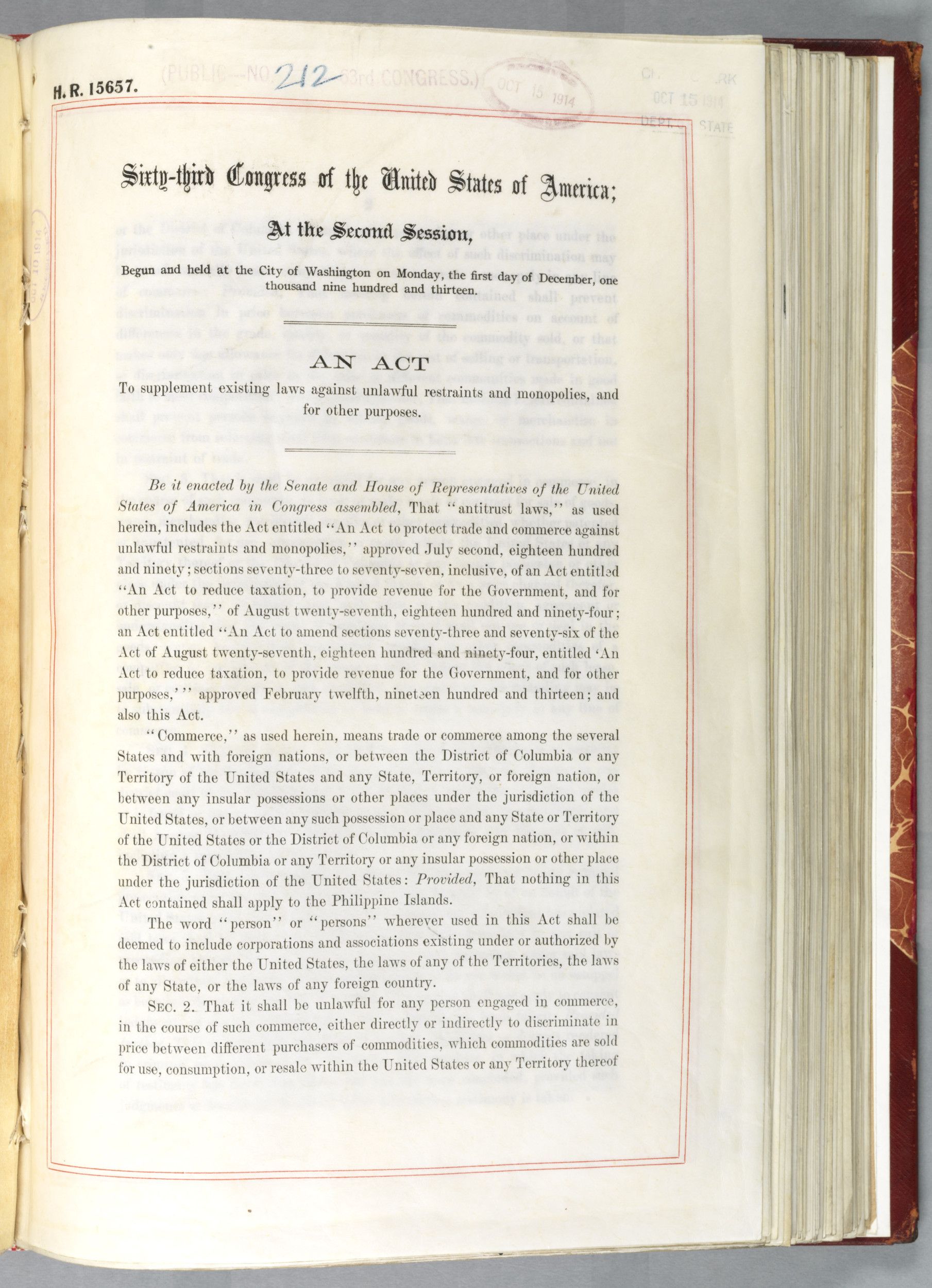

The decision to desegregate buses from the Montgomery Bus Boycott relates to Brown v. Board of Education because both desegregated aspects of America.
Brown vs. Board of Education Summary: Racial segregation in public schools was the norm across America in the early 1950's. Although all schools were meant to be equal, the black schools were often much worse. A little black girl from Topeka, Kansas, named Linda Brown was forced to walk one mile through a railroad switch yard to get to her black school, even though there was a white school very close to her house. Her father attempted to enroll her in the white school but she was denied. Brown went to the head of Topeka's branch for the NAACP and they were eager to help her. They first took their argument to the District Court for Kansas and claimed that segregated schools sent the message to black children that they are inferior and therefore the schools are unequal. The Board of Education claimed that the segregation in schools would prepare black children for the segregation they would face later in life. They also claimed that segregated schools were not necessarily harmful to black children, using Frederick Douglass, Booker T. Washington, and George Washington Carver as examples. With this evidence and the precedent of Plessy v. Ferguson, the court ruled in favor of the Board of Education. Brown and the NAACP appealed to the Supreme Court and they combined their cases with some other around the country. At first the Supreme Court did not come to a decision. However, om May 17, 1954, the Court came to a unanimous decision that the doctrine of "separate but equal" does not apply to public education, requiring the desegregation of schools around America. This was a giant step towards complete desegregation of public schools but we were still far away from it.










